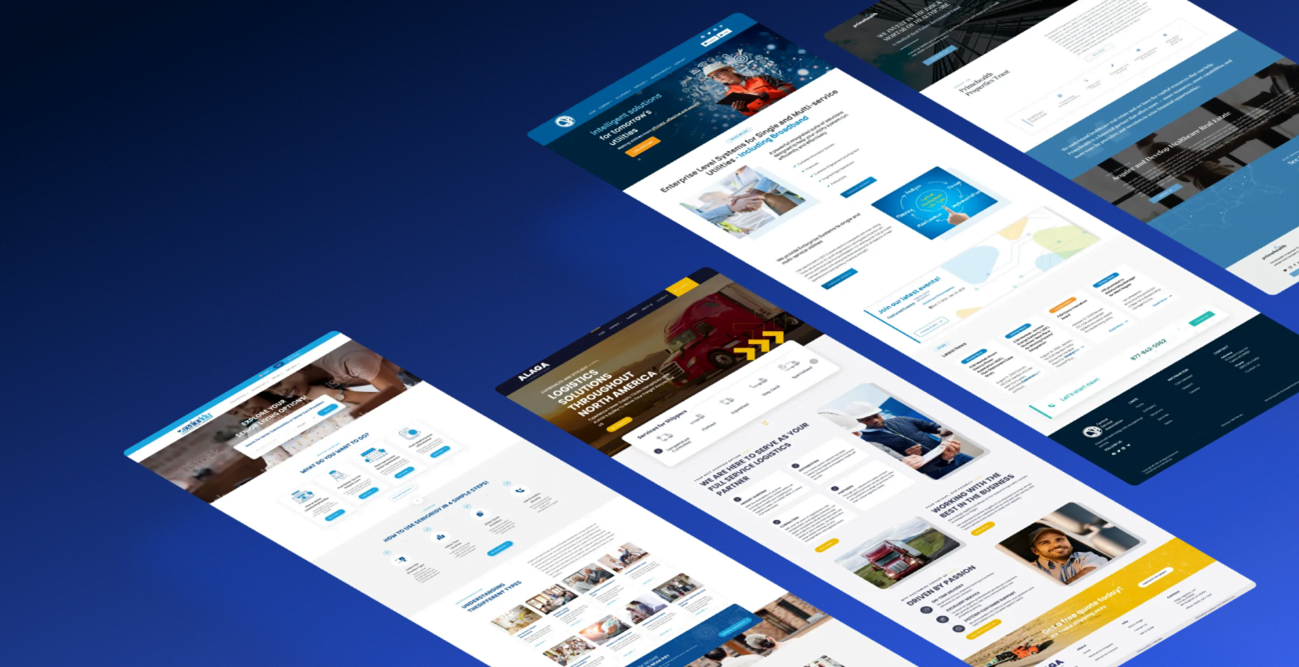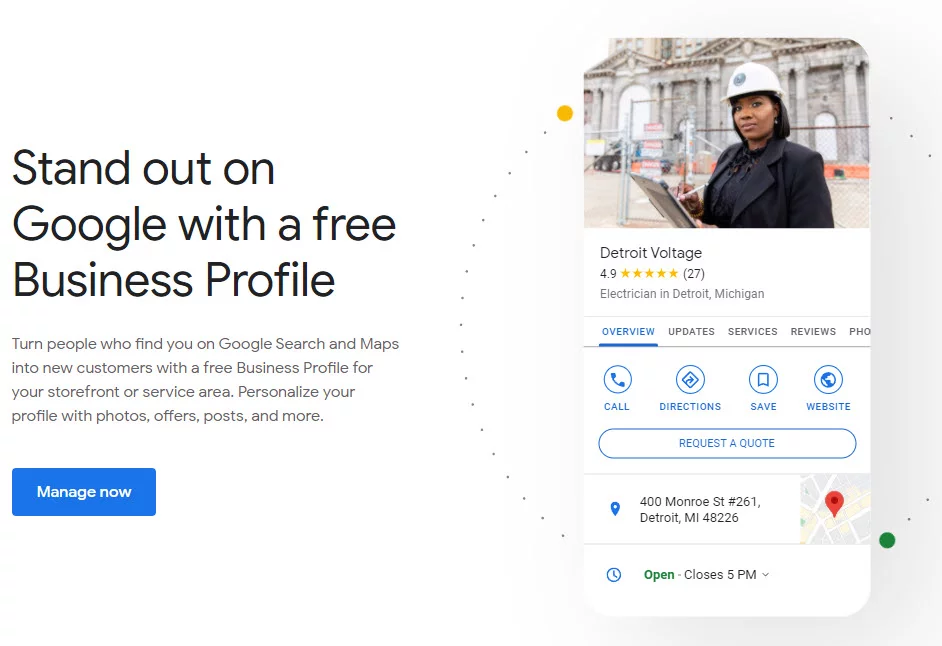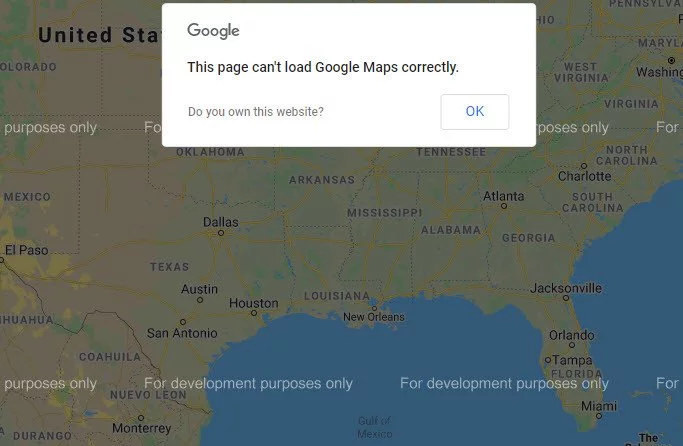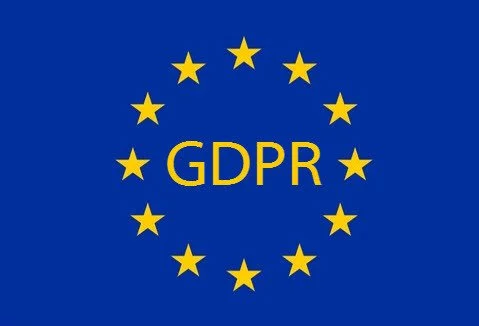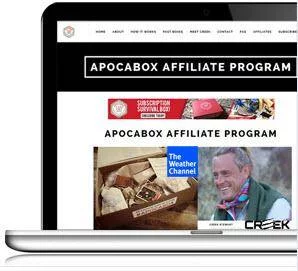How to Increase Organic Traffic with Technical SEO

What is Technical SEO
Technical SEO is a set of practices that improve the technical aspects of your website and make it easier for Google’s web crawlers to index and improve the overall user experience of your website.
SEO is usually divided into three types: on-site, off-site, and technical SEO.
- Off-site SEO refers to practices that happen off-site but still influence your rankings. These practices include creating backlinks and linking your social media to your website.
- On-site SEO is, essentially, technical SEO done on the front end of your website. Practices of this type include keyword research and implementation, URL structuring, header formatting, meta descriptions, etc.
- Technical SEO is a subset of on-site SEO done in the backend of your website. This requires technical knowledge, or, at least knowledge of how navigate a content management system such as WordPress or Joomla.
SEO Strategies to Increase Organic Traffic –

Web design templates and web page layout editing using a professional software, collage and paper cut composition
Site Structure and Organization
From what we’ve said, it goes without saying that our primary goal for technical SEO should be to create a structured and well-organized website for crawlers to read. Here’s how to do it.
Optimize XML Sitemaps
Sitemaps are still relied upon heavily by Google for website indexing. By creating a clean and well-organized sitemap, Google can better understand and better index your site’s URLs.
The key to effective XML sitemaps is regular monitoring. As new web pages are being added to your site, your sitemap can become a confusing mess without proper monitoring and updating, making it harder to get your pages properly indexed.
Optimize Site Architecture
A properly optimized website starts with a properly optimized architecture. Always organize your pages with a clear hierarchy in mind. Your most important pages should be at the top, with the less important ones referring to the above them in the pecking order. This way, you’re creating a pyramid-like structure for your website that’s easy to navigate for both bots and humans.
Additionally, implement a standardized URL structure. Your website will consist of several, if not many, pages, and all pages will need a URL. By creating a standardized structure that organizes your URLs in groups, you are also boosting the navigability of your website.
Crawling and Indexing
We said it before, and we’re saying it again – the best way to increase organic traffic on your website is to have it properly indexed. Here’s how to go about improving your website for indexing.

Maximize Crawling Budget
Crawlers won’t stick around your website forever; they only stick around for a set amount of time, which means you’re working with a limited time frame where your website can be indexed.
One of the best ways to minimize work for the crawlers and maximize your time is by implementing pagination. This tells the crawlers how certain pages on your website relate to each other, making them much easier to read.
Additionally, you should always canonicalize any duplicate content or pages. This makes the pages easily distinguishable from their copies, and they won’t get flagged as plagiarism.
Perform Regular Audits and Monitor in Real Time
One way to keep your website healthy is to perform regular audits. If you can, set up a real-time monitoring system of your website’s various elements so any errors can be caught early and resolved before the next crawling session.
Organize Structured Data
Structured data on a website refers to the markup of your pages. Correct implementation of markup schemas can lead to better readability of a page and its content, and better visibility overall resulting in higher placement in SERPS and an increase in organic traffic.
Implement Hreflang Tags
Implementation of hreflang tags is an extremely important practice for websites that aim to please an international audience by offering their content in several languages.
Without hreflang tags, your pages will begin to cannibalize themselves, because they’ll be flagged as duplicates. However, with proper tagging, your web pages will be considered alternatives instead, so they won’t displace each other in Google’s index.
Content-Focused Optimization
Content-focused optimization is, perhaps, the easiest set of practices to perform, and it requires a little less technical knowledge and a bit more attention to detail.
Fix Duplicate and Thin Content Pages
We already mentioned that tagging and canonicalizing pages fix a lot of problems involving duplicate content, but you should also consider pages with too little content as well. These thin content pages can be a detriment to your website’s overall being, so it’s considered a prudent practice to fill them up with a little bit more content so they meet the standard.
When it comes to duplicates, you can also perform plagiarism checks to ensure the pages don’t share the same content and cannibalize each other.
Improve Headings, Title Tags, and Add Alt Text to Images
This set of practices is the easiest to do, but it requires a bit more time and foresight.
Proper heading implementation and formatting make it much easier for web crawlers to “understand” the contents of your page/blog post so that Google can more easily offer it to readers. Also, your readers will appreciate nice formatting in the first place, leading to better UX, and fewer people bouncing.
Title tags are also important for a similar reason – with proper keyword implementation, your title tags can be a ticket to the top of the SERPs, and they will entice users to interact with your website.
Image alt text is one of the best things you can do if your website is image-heavy. Since bots can’t really “see” pictures (or, rather, what’s on them), creating an alt text that describes the photo is a great technical improvement to your posts/pages. Additionally, alt text is also used by voice assistants, and people with impaired vision or those who rely on voice assistance will be greatly appreciative of your effort to describe the photos for them.
Page Speed & Performance Enhancements
You can have the most impressive showing of content on your page, but if it takes ten seconds to load, you’re not going to get much traffic. One surefire way to increase organic traffic for your website is by ensuring your site loads fast and performs well.
Compress Your Files
Page size is the determining factor of page load speed. By compressing the files on your website, you’re effectively reducing the amount of data that needs to be loaded, leading to faster load times.
One of the biggest culprits of “fat” websites is images. The higher the quality of the image, the higher the resolution and the bigger the image file becomes. You might lose a bit of fidelity by compressing images, but you’re improving load times significantly, which matters more.
You can also compress certain CSS and JavaScript files to make them load faster as well.
Limit 3rd Number of Party Plugins
3rd party plugins can be killers of website performance. It is estimated that every 3rd party program you have running on your website is increasing its loading time by 35 milliseconds. That isn’t much on its own, but it can stack up over time and with excessive use of plugins.
So, to combat this, minimize your use of plugins on your site, and only pick those that you absolutely need for the best performance and UX of your site.
Use Asynchronous Loading
Asynchronous loading allows for the loading of HTML elements, scripts, and plugins at the same time by spacing them out evenly. Thus, async loading allows for much smoother performance of your website while keeping the load times relatively quick.
Technical SEO for the Win!
Technical SEO is one of the most rewarding sets of SEO practices one can implement on their website. With these strategies, you’ll be sure to stay on top of the SEO game, and improve your SERP rankings, ultimately reaching your desired goal – increasing organic traffic to your website!











